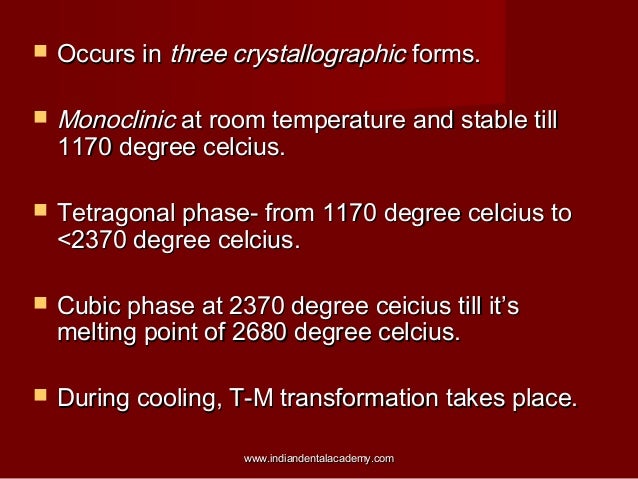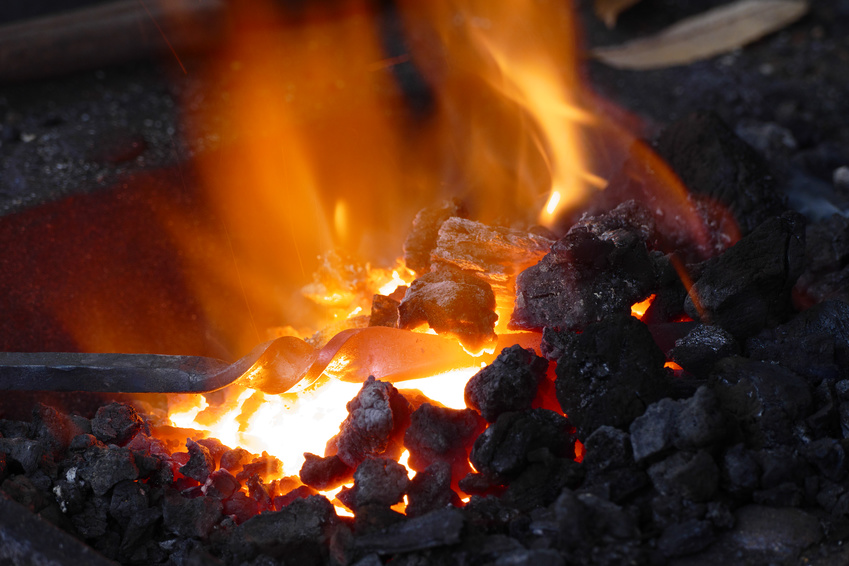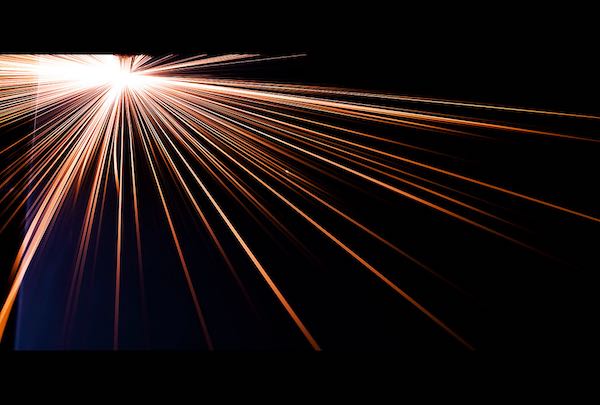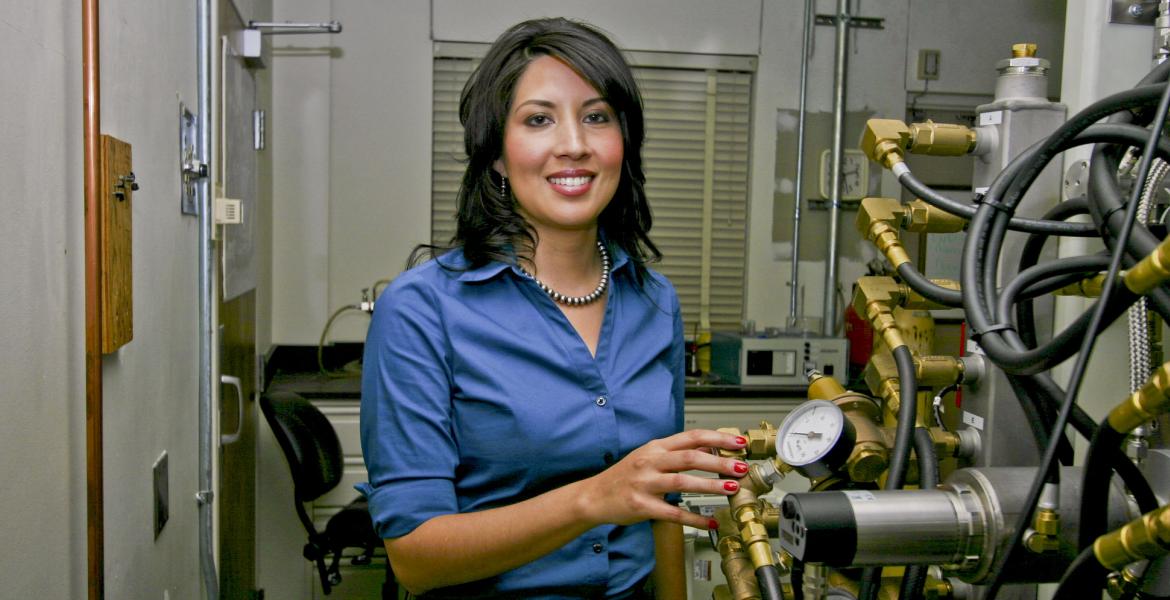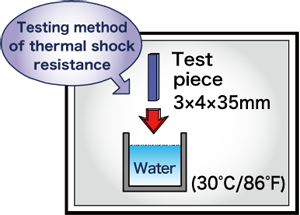Common ceramics include aluminum oxide melting point mp 3720 f titania 3245 f chromia 3450 f and zirconia calcia stabilized around 4870 f and tungsten carbide cobalt 5200 f.
Ceramic melting point celsius.
As stated before they tend to have very high melting points compared to most metals.
Contact seller ask for best deal.
Burra bazaar kolkata west bengal.
Of the elements within the d block with known electronegativities zirconium has the fifth lowest electronegativity after hafnium yttrium lanthanum and actinium.
When combined the material forms protective oxidation resistant.
Some metals are also refractory.
Get latest price request a quote.
Ultra high temperature ceramics uhtcs are a class of refractory ceramics that offer excellent stability at temperatures exceeding 2000 c being investigated as possible thermal protection system tps materials coatings for materials subjected to high temperatures and bulk materials for heating elements.
These ceramics are extremely hard and have high melting temperatures 3245 degrees c for zrb2 and 3380 degrees c for hfb2.
1750 deg celsius.
800 deg celsius.
Common ceramics include aluminum oxide melting point mp 3720 f titania 3245 f chrom.
Hi tech sealing insulation industries.
Ceramics are refractory otherwise known as high melting point materials.
Melting temperatures form oxides with low melting points tio 2 t m 1840 c and nb 2o 5 t m 1485 c.
1750 deg celsius.
The melting point of zirconium is 1855 c 3371 f and the boiling point is 4371 c 7900 f.
What is the melting point of ceramic.
Broadly speaking uhtcs are borides carbides nitrides and oxides of early.
Graphite has the highest melting temperature of any material known but starts to burn thet 800 c.
Through self propagating high temperature synthesis the team was able to develop hfc0 5n0 35 hafnium carbonitride.
As stated before they tend to have very high melting points compared to most metals.
Zirconium has an electronegativity of 1 33 on the pauling scale.
Known to have the highest melting point nust misis scientists chose a triple hafnium carbon nitrogen system to work on developing a new material with the highest melting point as well as high mechanical properties.
Silica by itself makes a good glass fused silica but its high melting point 1723 c or 3133 f and its high viscosity in the liquid state make it difficult to melt and work 1723 c science and technology desk reference the carnegie library of pittsburgh science and technology department.














